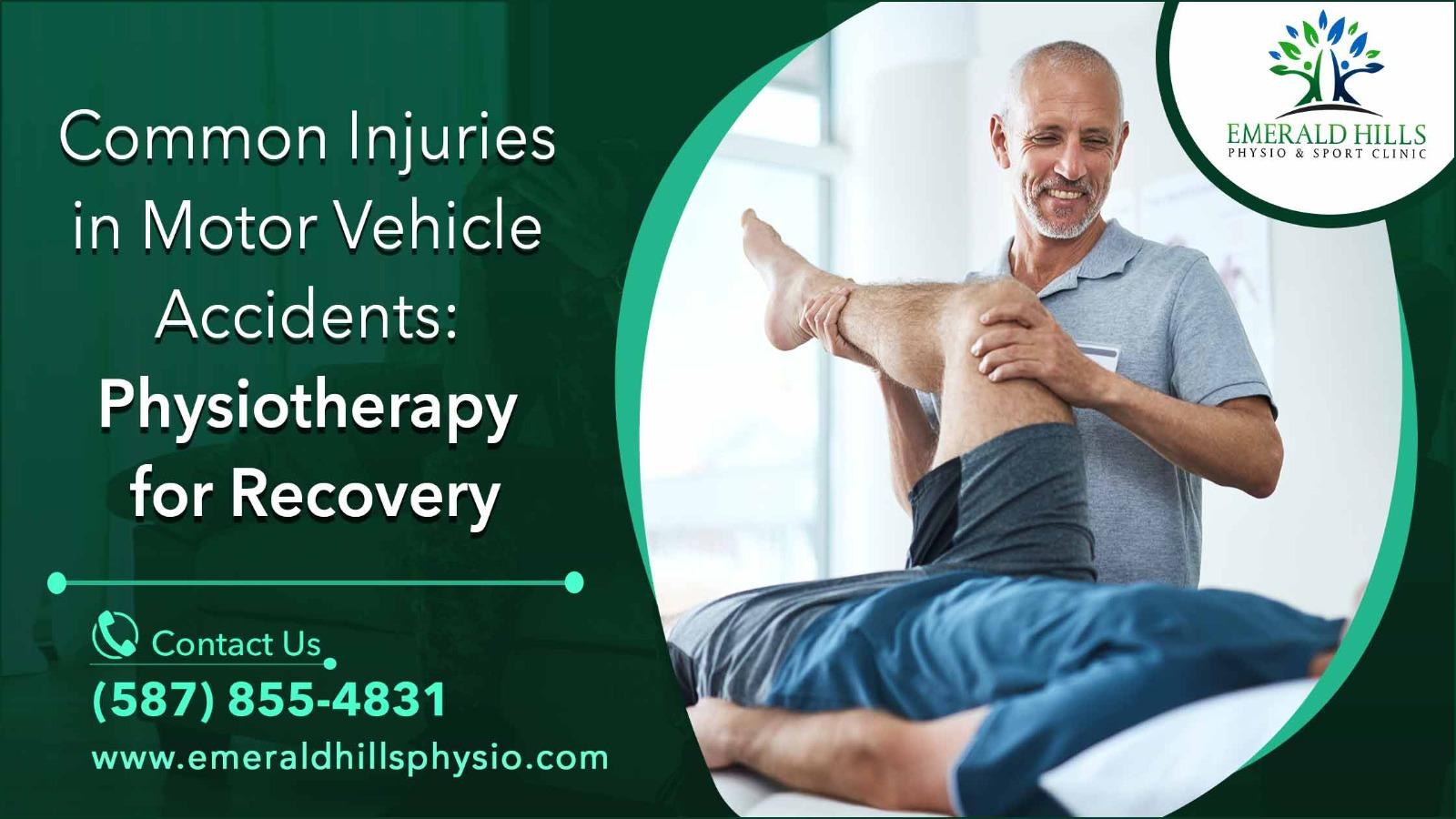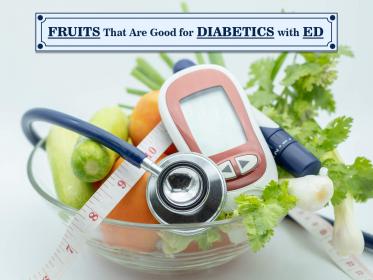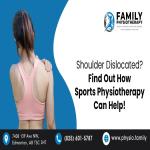Motor vehicle accidents (MVAs) often lead to a wide variety of physical injuries, ranging from minor bruises to more severe musculoskeletal and neurological impairments. The aftermath of such incidents requires not only immediate medical attention but often an extended period of rehabilitation. One of the most effective methodologies for this long-term recovery is accident physiotherapy. Emerald Hills Physiotherapy Sherwood Park, among other esteemed facilities, has showcased the transformative impact of physiotherapy in assisting individuals on their road to recovery after MVAs.
Anatomy of Common Injuries in Motor Vehicle Accidents
Whiplash
A common injury in rear-end collisions, whiplash occurs when the neck and head are suddenly thrust forward and backward. This movement can lead to ligament strains, muscle spasms, and sometimes disc herniation.
Fractures
Depending on the accident's impact, fractures can occur in various parts of the body, including the arms, legs, ribs, and more.
Traumatic Brain Injuries
A sudden jolt or blow to the head could cause traumatic brain injuries, ranging from mild concussions to more severe cognitive impairments.
Sprains and Strains
The sudden force exerted during a crash can overstretch or tear the ligaments and muscles, leading to sprains and strains.
Spinal Cord Injuries
These are among the most severe outcomes of MVAs and can lead to partial or complete paralysis.
Facet Joint Injuries
Facet joints can suffer from sprains or dislocations in an MVA. It is located at the back of the spine. This often results in localized back or neck pain and stiffness.
Costochondral Injuries
These refer to injuries to the cartilage connecting the ribs to the sternum. A powerful force against the ribcage, often seen in side-impact collisions, can lead to this painful injury.
Acromioclavicular Joint (ACJ) Injuries
Commonly known as shoulder separation, it involves the ligaments attached to the collarbone. This might result from a direct blow to the shoulder or from holding onto the steering wheel during a collision.
Sternal Fractures
Caused by direct trauma, usually from the seatbelt during a high-speed collision, sternal fractures are painful and can sometimes be associated with internal injuries.
Temporal Mandibular Joint Dysfunction (TMJ)
The impact can sometimes cause injuries to the jaw joint, leading to pain, difficulty chewing, and even headaches.
Bursitis
A direct trauma can inflame the bursa, fluid-filled sacs that cushion the joints. Common areas affected in MVAs include the hips and elbows.
Tendon Injuries
Tendons, which attach muscles to bones, can get strained or torn during the sudden jerks and jolts of an MVA.
Compartment Syndrome
Particularly concerning in high-impact crashes, this occurs when there’s increased pressure within a muscle compartment. It can be potentially life-threatening and often requires urgent medical intervention.
Accident Physiotherapy: Charting the Recovery Path
hen one thinks of recovery post-MVA, the initial focus tends to be on urgent medical interventions. However, the subsequent rehabilitation phase, facilitated primarily by Motor Vehicle Accident Physiotherapy Sherwood Park, is equally, if not more, crucial.
Personalized Assessment: The first step in physiotherapy is a thorough assessment to understand the extent and nature of injuries. This allows for a tailored treatment plan suited to the individual's specific needs.
Pain Management: Physiotherapists employ various techniques, from ultrasound to manual therapy, to alleviate pain and enhance mobility.
Strengthening Exercises: Targeted exercises are prescribed to restore strength in weakened muscles and improve flexibility.
Functional Training: Beyond simple strength restoration, functional training ensures that the individual regains the ability to perform day-to-day tasks with ease.
Neurological Rehabilitation: For those with traumatic brain injuries or spinal cord impairments, specialized neurological physiotherapy interventions are crucial. These techniques aim to improve cognitive function, coordination, and balance.
Postural Correction: MVAs can disrupt the natural alignment of the spine and posture. Physiotherapists guide individuals in corrective exercises and techniques to restore proper alignment, thereby preventing chronic issues.
Gait Analysis and Correction: For those who experience lower limb injuries, gait assessment can be invaluable. By analyzing and optimizing the way one walks, physiotherapists can prevent compensatory injuries and ensure a symmetrical, pain-free gait.
Scar Tissue Management: After injuries or surgeries, scar tissue can form and limit movement. Physiotherapists use techniques like deep tissue massage and mobilization to minimize these restrictions.
Patient Education: Knowledge is an integral component of recovery. Physiotherapists educate patients about their injuries, the healing process, and preventive measures to avoid future incidents or complications.
Psychological Support: The trauma from MVAs isn’t only physical. Physiotherapy sessions often have a therapeutic, psychological component. Regular interaction with healthcare professionals provides a routine, a sense of progress, and an avenue for expressing and managing pain or discomfort.
The Road Ahead with Physiotherapy
Motor vehicle accidents can bring about unforeseen challenges, turning lives upside down in mere moments. However, with the support of accident physiotherapy, the journey to recovery becomes clearer, more structured, and more manageable. Through targeted interventions, expert guidance, and a focus on holistic well-being, physiotherapy ensures that individuals regain their former vitality and return to the rhythms of daily life with renewed confidence. As facilities like Emerald Hills Physiotherapy Sherwood Park demonstrate, the path to recovery, though sometimes long, need not be traversed alone. With physiotherapy, one can rebuild, recover, and renew.
Also read about:
Ethical Standards to Expect in Reputable Inpatient Facilities
Role of Vestibular Physiotherapy in Balance and Gait Disorders
Navigating Dizziness The Role of Vestibular Physiotherapy
















